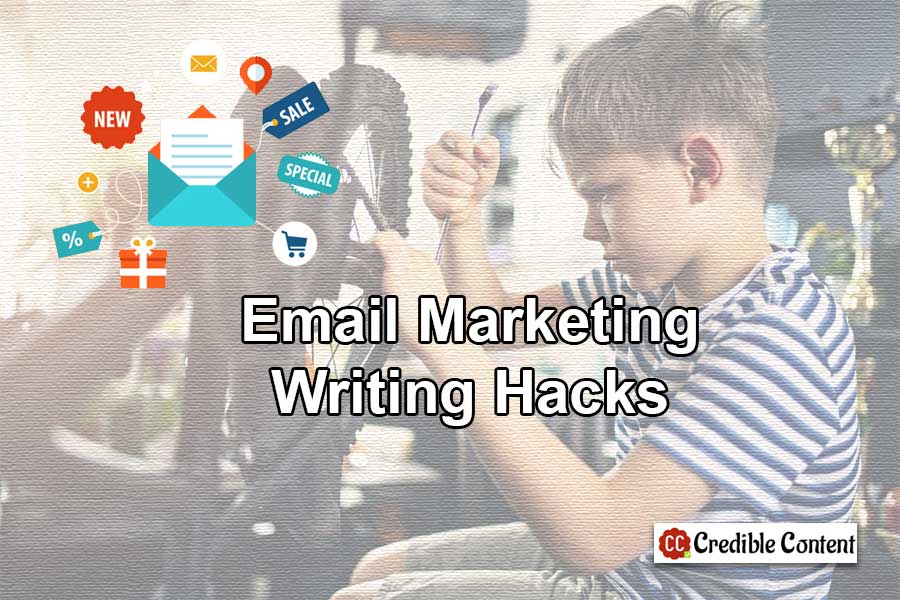
What is email marketing?
Does it mean constantly nagging your subscribers and recipients (or leads) to buy from you?
Or does it mean becoming a useful part of their lives so that they begin to appreciate your presence and then, begin to trust you enough to do business with you?
This may not be true in your case, but most of the individuals wanting to use email marketing to promote themselves, assume that just because they have got someone’s email ID, it is fine to send out promotional emails.
Does someone care what a great product or service you have got?
Not really.
People want to hear from you only when you have got something useful to offer. Even when you are offering your product or service, there must be something special (a great discount or an offer or an insider information) that can bring your recipients a massive benefit.
Otherwise, your email message is going to be ignored.
Are people still using email marketing?
Yes they are. There is a reason for that.
3.8 billion people actively use email daily. Compared to this, Facebook has 1.5 million daily users. Everyone from the age of 15 to 64 uses email daily. 73% of millennials prefer email communication from businesses.
The best part is, 99% consumers check their emails every day. People are twice as likely to sign up for your email newsletter as liking your Facebook page.
Hence, you may feel that most of the people are moving towards social media and instant messaging, but when it comes to doing some serious work or getting business offers, email still rules the roost.
How you write content for your email marketing campaigns has a big impact on your success rate. You may have come across the content writing hacks for successful email marketing at many places, already, but just in case you haven’t, you can considerably improve the success rate of your email marketing by implementing at least a few of these content writing hacks.
1. Have a convincing subject line
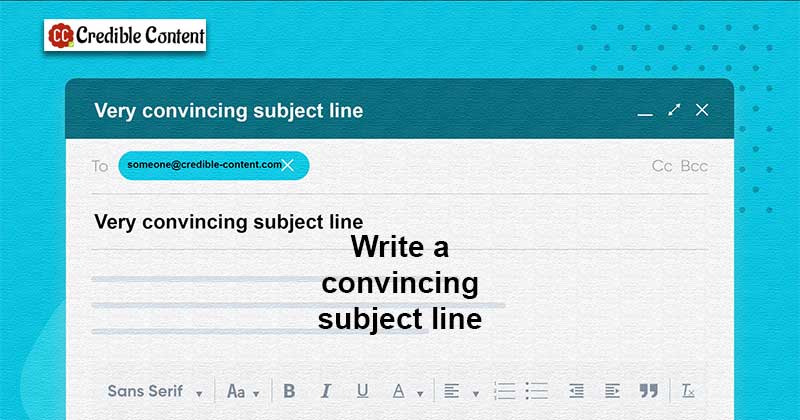
The importance of the subject line can never be stressed enough. It is your subject line that prompts people to open your email.
What subject line should you have? It depends on people’s familiarity level with you. They are not familiar with you, or if they don’t come across your name in their inbox quite often, the subject line needs to be very specific.
Anyway, whether people are familiar with you or not, keep in mind the following:
- Keep the character count around 50 because there isn’t enough space for very long subject lines.
- Keep your subject line simple and straightforward. No ambiguity.
- Don’t make false promises. People these days can make out false promises easily.
- Be experimental. No harm in using humor as long as it doesn’t confuse or mislead.
- Shock and awe. Again, the purpose of your subject line is to make people open your message, but at the same time, never mislead them into opening something that doesn’t deliver on the promise made in the subject line.
- Subject lines with a sense of urgency, curiosity, timely relevance and recognition are more prone to be opened.
- Personalize. Although personalization is more effective if people are familiar with you or your brand, given a choice between being personal and not being personal, always be personal. By the way, don’t take “being personal” in the wrong way.
Remember that the biggest challenge that your email message faces is people not opening it. Half the battle is won if your subject line manages to make people open your email.
2. Just focus on one, single person

Frankly, I apply this advice even when I’m writing webpages and blog posts. Don’t write as if you are writing to a big group of people. Write to a single individual.
For example, if you think your email is going to a person named Frank, then address the problems that Frank faces. Talk to him. He must feel that you are just writing to him and no one else.
As a writer, I know that when you write thinking that you are writing to a single person, the person reading the email can actually feel it.
3. Always provide something useful
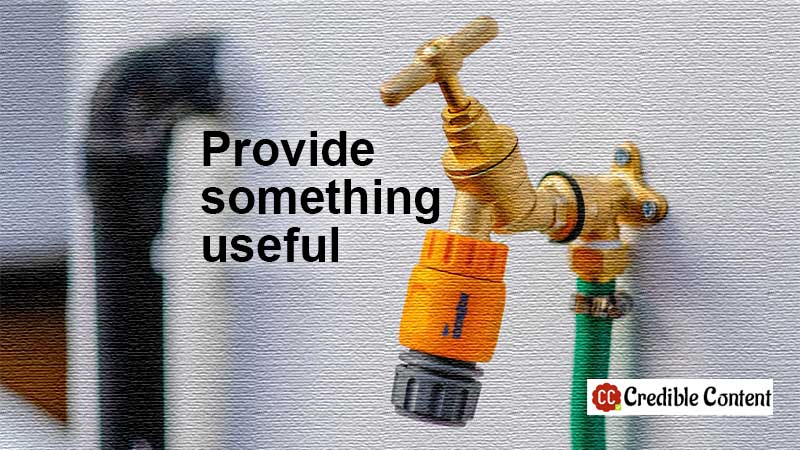
Remember that the person opening your email message is using his or her precious time in doing so. Don’t waste his or her time. Always send an email marketing campaign when you have something useful to offer.
What can that offered be? Depends on your business. If you sell something, you can offer a discount. If you are introducing a new feature, you can send it as an update so that people who can really benefit from the feature can upgrade.
If the person has already bought from you, you can offer him or her a discount as a privileged segment of your customer base.
In the times of Covid-19, you can send tips to your customers about how they can do business with you without exposing themselves to the virus.
4. Talk about their interest

Nobody is bothered about growing your business just for the heck of it. Even people running charity organizations won’t pay attention to your email marketing campaigns unless you talk about their interest.
Always write your email messages from their point of view. Convey to them that you empathize with the problems and troubles you are having. Be their advocate through your writing.
5. Use powerful words
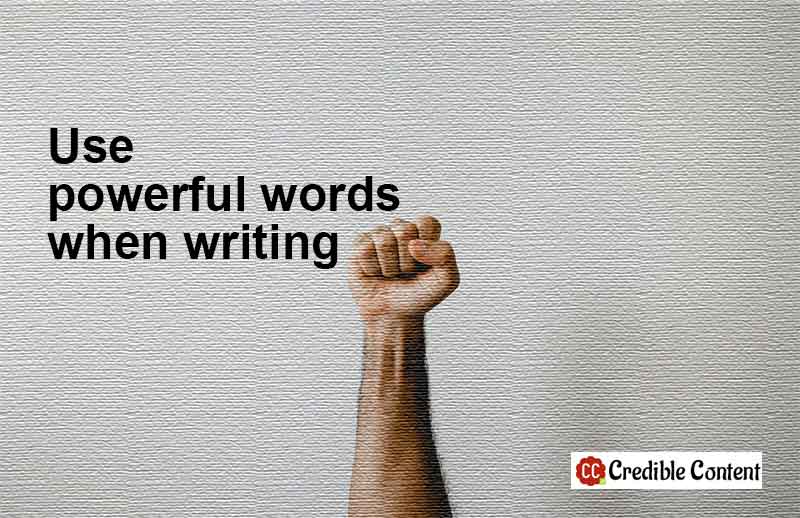
What are powerful words? First of all, they shouldn’t be deceptive. They should invoke a strong emotion. Some of the powerful words that you can use are
- Free
- Urgent
- Limited
- Breaking News
- Dazzling
- Stunning
- Guaranteed
- Powerful
- Amazing
- Easy
- Strong
- Exclusive
- Lifetime
- Unlimited
- Affordable
- Valuable
- Discounted
- New
Frankly, the list can go on and on. What sort of powerful words you use depends on the context and what sort of emotion you’re trying to convey. Again, just make sure that you really mean those words.
For example, if you are offering something stunning, then you should actually believe that you are offering something stunning. If you believe that something is easy to use, then it must be easy to use. If something is affordable, make sure that it is affordable to your target audience. If you are offering a discount, make sure that there isn’t a catch.
6. Use the “preview text” optimally
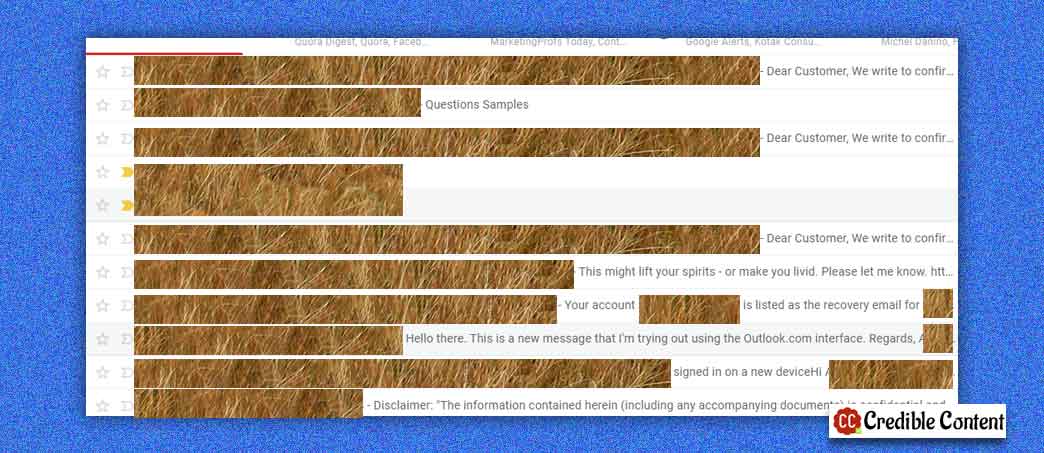
In the above graphic, the text that is not hidden is email preview.
These days most of the email clients display you the preview text. If you have maximized your browser window, provided that you have used a small subject line, the remaining row is filled with the preview text. It gives your recipient a preview of your message. If you use the preview text convincingly, it can increase the chances of your recipients opening your message.
7. Write for the audience who reads on the mobile phone
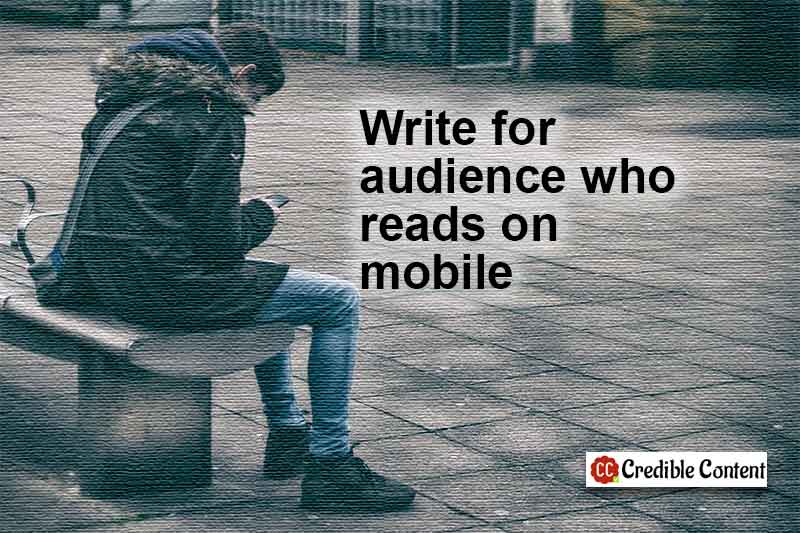
I keep this in mind even when I’m writing blog posts. There is a great chance that the person on the other side is reading your content on a mobile device. The same is going to be the case with your email marketing messages.
How do you write for mobile readers?
Write shorter sentences. Don’t use big paragraphs. Use bullet points to organize different ideas. Use headlines and subheadings judiciously. Stay to the point. Make sure that you don’t use extra sentences because anything can distract them. Keep them as much focused as possible.
Although, personalization can make your email messages effective, make sure that you don’t get too conversational. This can also distract people.
8. Use segmentation features of your email marketing service

MailChimp has it. Others must also have this feature. Segmentation allows you to customize your messages and this in turn improves your conversion rate.
What does segmentation mean?
Suppose you have 5000 subscribers in your mailing list. The first message that you send out goes to all these 5000 subscribers (if you are not using A/B testing for the time being).
Then, for the next email marketing campaign, create different segments such as
- Those who didn’t open your message.
- Those who opened your message.
- Those who opened and clicked your link.
- Those who bought from you.
… And so on.
This way you will be targeting people according to the way they have reacted to your previous campaign.
Why send the same message to all when you can increase your conversion rate by writing content based on how they react to your previous message?
9. Ask them to act when writing content

This actually works. If you ask people to do something, many do it. For example, if you want people to buy something from you, ask them to buy it from you. This is hard to believe, but it really works.
It’s called call-to-action, CTA. Every email message must have a call-to-action.
Sometimes, you want to inform people of the good offer that you have but you don’t tell them to buy. You either tell them to get in touch with you or you ask them to click a link for more information. This is often not very convincing.
When you ask people to buy this renders a sense of authority and confidence. You have provided the information, and now you’re asking people to buy your product or service.
10. Use a convincing headline
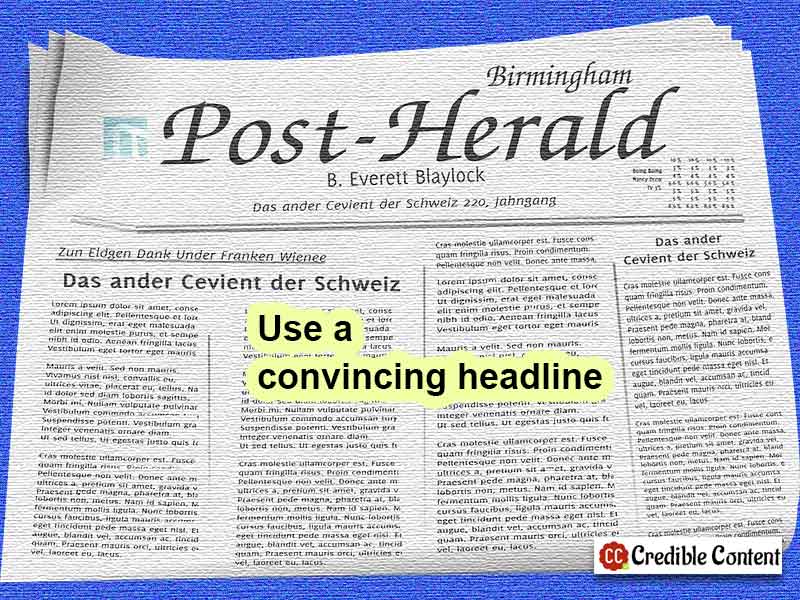
After your subject line, the most important component of your email message is your headline: the first highlighted line of text that appears in your email message.
The sole purpose of your headline is to make people read your email message.
Write it very strategically. Again, don’t mislead people. Don’t promise something you cannot deliver. You can be creative. You can be humorous. You can even be cynical.
Just make sure that your headline makes people read your remaining message. Your headline is so powerful that sometimes people immediately leave your message, without reading it, simply because they are put off by your headline.
11. Maintain a consistent flow in the body text
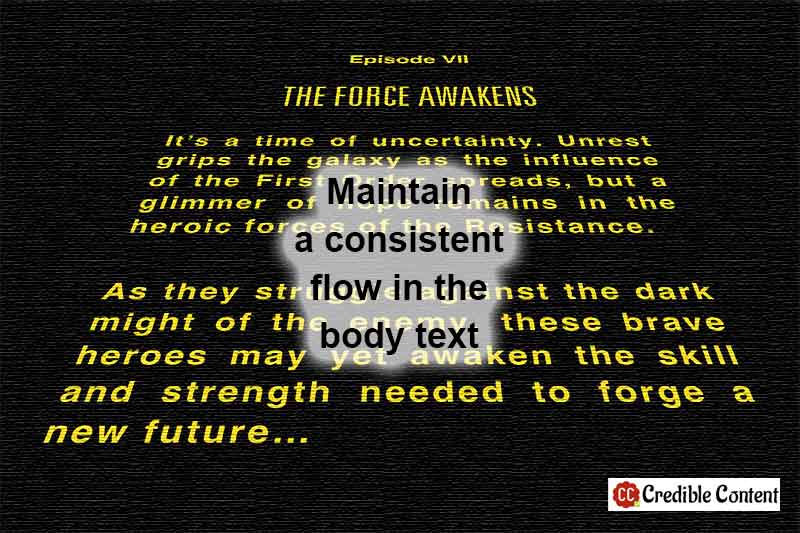
The crux of your entire email campaign rests in the body text.
As mentioned above, keep your sentences short and to the point. Write as if you’re talking to a single person. Show concerns for his or her requirements and worries. Offer solutions succinctly. Since most of the people will be accessing your message from their mobile phones, keep it short and simple.
Should you use HTML messages or text messages? Depends on your audience. Here we are simply talking about content writing for your email marketing campaigns. Be personal without being creepy.
Follow the simple copywriting rule: the purpose of your current sentence is to make the reader read the next sentence, and so is the purpose of the next sentence.
12. Have a singular goal when writing content for your email marketing campaign

This is something I have observed with many clients. They want to pack multiple business offers in a single email message. They want to save money. Separate messages mean they will have to pay for them separately.
Just like your landing page, your email message too must be focused. You can offer multiple products if they fall under the same category (accessories, for example, or earplugs). But too many products or too many offers will end up confusing people and even if initially they wanted to buy something, they will end up buying nothing.
13. Avoid industry jargon if possible

I’m not particularly against using jargon. Every industry has its own set of words and people like to use them, sometimes even without understanding them.
Use jargon when it solves purpose. I have seen many people using terms like “leveraging, metrics, synergy, cutting-edge, derivatives, acquisition” and so on. Being someone who constantly uses words, I’m not put off by these words, but many people are.
Personally, I follow this rule of thumb: use jargon if you really feel that you should be using it. If you are using it just to sound smart and intimidate the reader, don’t use it – it is counter-productive.
14. More of “you” and less of “we” and “I”
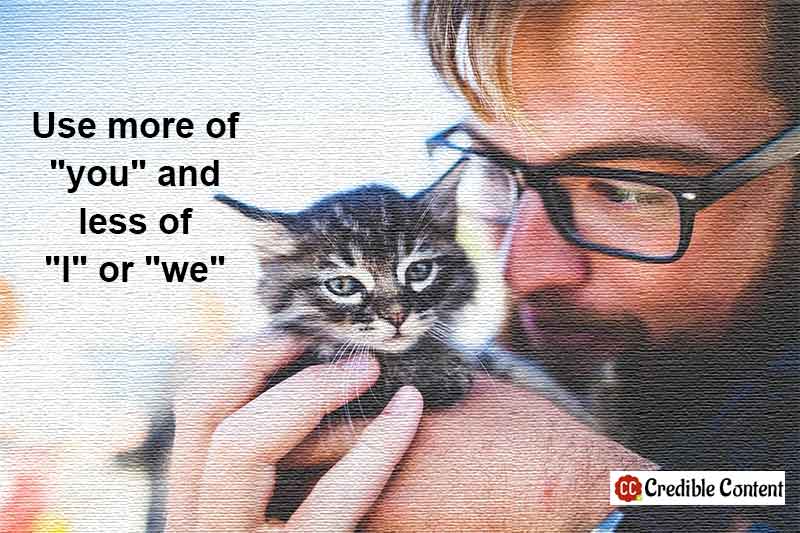
This is such an important point that despite having discussed it above, I’m discussing it in another manner. Use lots of “you” in your writing.
Use expressions like “you are going to gain this”, “you are never going to regret buying this” or “this is something you have been looking for, for quite some time”.
A person opens your email message because he or she is expecting to receive something.
This expectation can be some sort of gratification, an emotion (something funny or mysterious), some great offer in the form of a discount, or the latest news that is very important to him or her.
The complete purpose of your message must be representing the interest of the recipient.
15. Condense everything in the conclusion
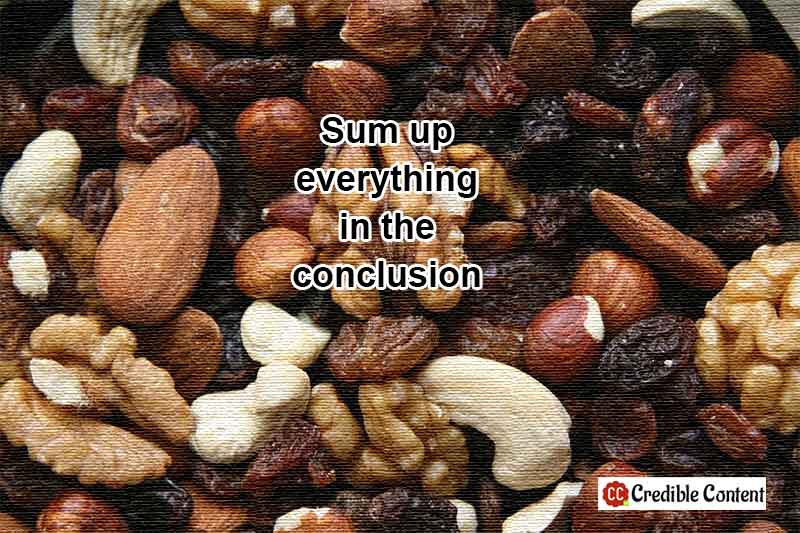
The concluding part of your email message is as important as the beginning, if not more. In fact, after reading the conclusion, the person must be left with a strong desire to click your link and buy from you.
In the concluding part, you can sum up everything. You can invoke a sense of urgency. You can get creative and paint a gloomy picture if a person fails to carry out the call-to-action. Short of misleading someone, you can use all your persuasive power in the concluding part.
Conclusion
In the end, it is all about trial and error. Even seasoned content writers and copywriters perform A/B testing. For example, no matter how great a subject line is, it may not work with certain audience. No matter how awesome the headline is, it may fail to inspire certain readers.
No matter how big or small your mailing list is, you can perform A/B testing. Even if you have got 50 subscribers, you can send one message to 25 subscribers and an alternative to the other 25 subscribers. Then you observe the response and make tweaks in your writing accordingly.
